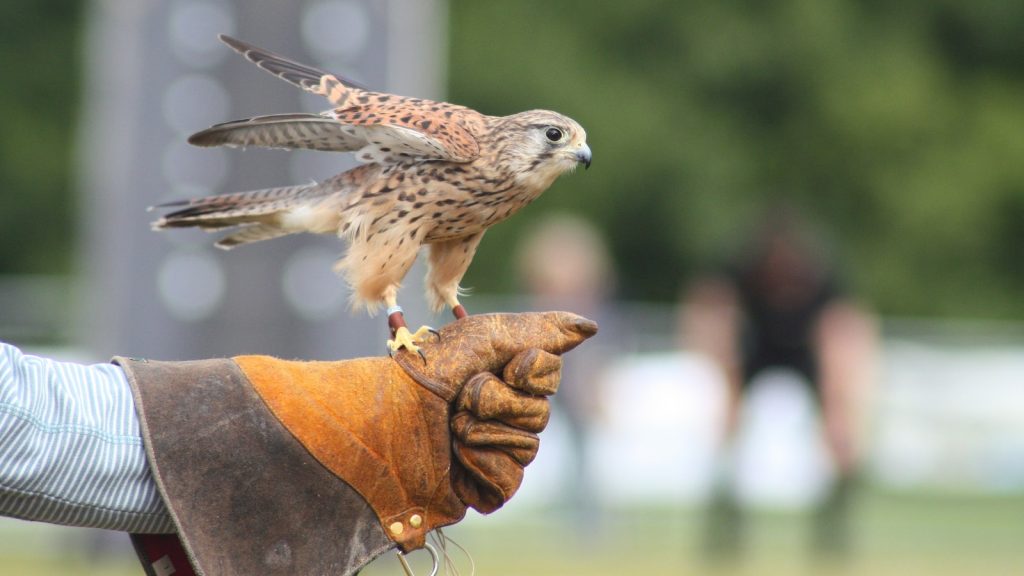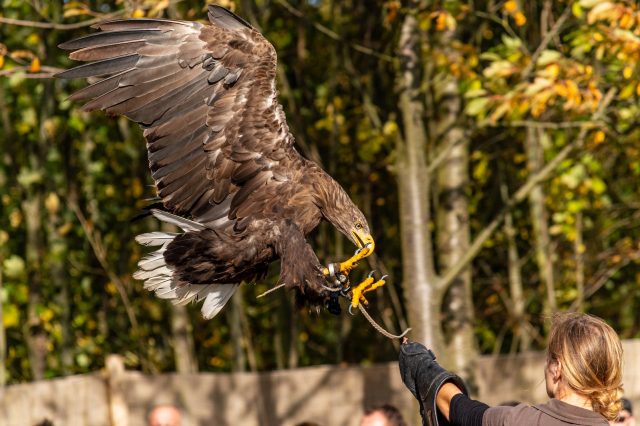What is Falconry?
Falconry is a centuries-old art of hunting birds of prey, such as falcons and hawks. It has been practiced worldwide for centuries and has become increasingly popular in recent decades. Falconry combines the age-old tradition of training wild animals with modern technology to create a fantastic experience for hunters and birds. This article will provide an introduction to falconry and give you all the basics needed to begin your own journey into this unique sport.
History of Falconry
Falconry is one of the oldest forms of hunting, and its history dates back thousands of years. It likely originated in Asia and quickly became popular among the European elite. This sport has been practiced for centuries and is still enjoyed by many today.
The process of falconry involves training a raptor bird, such as a hawk or eagle, to hunt prey on behalf of its human companion. Training includes teaching the bird how to respond to commands, and it requires patience, skill, knowledge, and dedication. With proper guidance from an experienced falconer, hunters can successfully train their own birds to become adept hunters.
In recent years, interest in this traditional sport has grown due to its historical roots as well as its modern-day applications, such as nature conservation and wildlife photography.
Equipment Needed for Falconry
The practice requires special equipment to ensure the bird’s and its handler’s safety. For those just starting in this ancient art, here is a list of essential items for successful falconry. To get started in falconry, you’ll need some basic equipment like a hood, jesses, swivels, leashes, perches, and a glove.
First, the most important piece of equipment for falconry is a hood or jess, which helps keep the bird calm and focused during training sessions. The hood also prevents predators from approaching while allowing handlers to observe their hawk’s reactions more closely from a safe distance. Additionally, protective gloves are necessary when handling birds of prey since their talons can be pretty sharp.
Setting Up a Training Area
For anyone interested in getting started with the ancient sport of falconry, setting up a training area is one of the most important steps. A dedicated space where you and your bird can work on training activities will be essential for achieving success. It doesn’t have to be complicated or expensive – with some basic materials, you can easily create a safe and comfortable environment where you and your bird can practice.
When building your falconry training space, it’s important to consider factors such as size, location, and materials so that both you and your bird are comfortable. Working in an enclosed area like a garage or shed is ideal since it will help contain noise levels and reduce distractions from outside sources. You should also ensure that the space has sufficient room for perching areas for your bird and plenty of open floor space for flying activities.
Step-by-Step Training Process

Falconry is a popular sport, but it takes a great deal of time and skill to train birds of prey. The step-by-step training is essential for proper care and safety. To become an expert falconer, it’s crucial to understand how to condition, feed and handle your bird correctly. Here is a beginner’s guide to developing a step-by-step training process for your bird of prey.
When beginning the training process with your bird of prey, build trust between you and the animal. Spend time getting familiar with their behavior patterns so that you can anticipate their needs in different situations. Positive reinforcement techniques are also essential when trying to encourage desired behaviors from your bird; reward good behavior with food or other forms of motivation such as verbal praise or petting them gently on their neck feathers.
Develop a system of communication with your bird. This can be done using hand signals to indicate what you want the bird to do. For example, hold up two fingers in front of the hawk’s face if you want it to land on your wrist or arm.
Pros and Cons of Falconry
While it may seem like an old-fashioned hobby, several benefits are associated with becoming a falconer. However, it is important to understand the pros and cons before pursuing this. Besides, those participating in falconry report feeling closer to nature and developing a sense of appreciation for wildlife and conservation efforts. Falconers also gain valuable insight into proper bird care and can even become involved in breeding programs that help endangered species survive. Additionally, falconers learn about animal behavior which can be beneficial when working with other animals.
On the other hand, there are some drawbacks to consider before taking up falconry. You must meet a number of state and federal requirements, as well as satisfy other strict rules regarding the treatment of your bird.
Ethical Considerations in Falconry
While falconry can be a thrilling sport for those involved, there are several ethical considerations when engaging in this practice. First and foremost, anyone who engages in falconry must respect the rights and health of the birds being used. Birds should never be taken from their natural habitats or kept longer than necessary; instead, they should only be held for short periods to allow them ample opportunity to rest and recuperate. Furthermore, proper housing and care need to be provided so these animals can live comfortably while being used.
Exploring the Ancient Art of Falconry
For centuries, falconry has been practiced worldwide as an ancient art of training birds of prey to hunt. Falconry is a complex and rewarding hobby that requires patience and dedication from those who practice it. In this beginner’s guide, we explored the basics of falconry, from the types of birds used in hunting to the equipment necessary for successful training. We also discussed potential ethical concerns associated with this activity and how best to address them safely.
At its core, falconry is a unique opportunity to observe nature up close while forming an intimate relationship with an animal partner. Unsurprisingly, so many people enjoy participating in this beloved pastime, which can provide hours of entertainment and satisfaction when done responsibly.






























